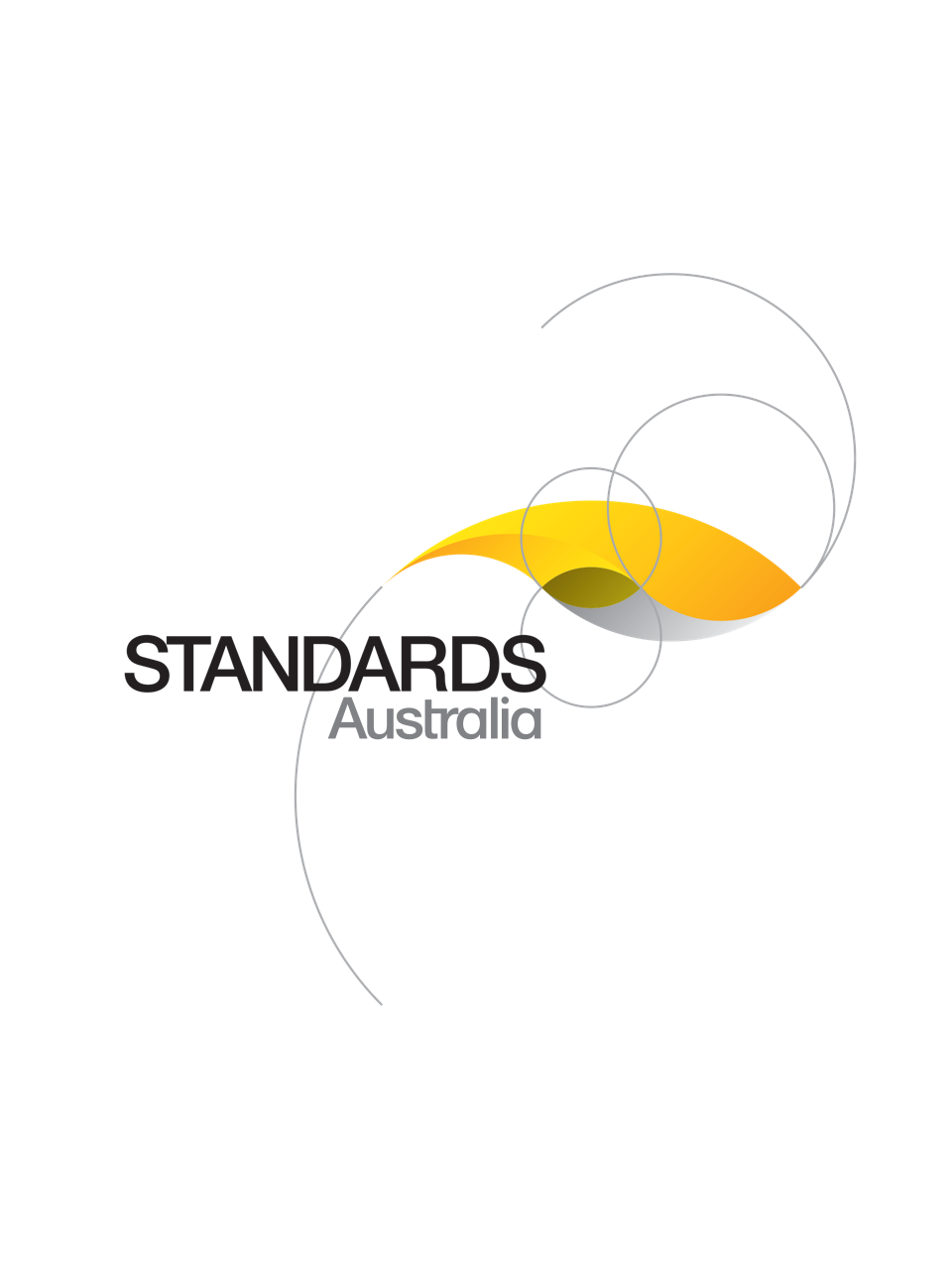Standard
Track updates
AS 4564:2025
[Current]General-purpose natural gas and natural gas equivalents
AS 4564:2025 sets out the requirements for natural gas suitable for both transportation and general-purpose use, and provides the range of gas properties consistent with safe operation of natural gas appliances
It specifies general-purpose natural gas with an emphasis on the safety of the gas for use in natural gas appliances and equipment, and for use as fuel in natural gas vehicles. It aims to provide certainty for appliance manufacturers who supply the Australian market
Published: 13/06/2025
Pages: 26
Table of contents
Cited references
Content history
Table of contents
Header
About this publication
Preface
1 Scope
2 Normative references
3 Terms and definitions
4 Principal gas properties
4.1 Safety
4.2 Odorization
4.3 General-purpose natural gas and natural gas equivalents — Means of conformance
4.3.1 Demonstration of conformance
5 Gas contaminants
5.1 Basis of clause
5.2 Demonstration of conformance
5.2.1 General
5.2.2 General contaminants
5.2.3 Biomethane specific contaminants
5.2.4 Restriction of contaminants
5.2.5 Impact on odorization
6 Monitoring and testing
7 Risk-based approach
7.1 General
7.2 Scope of application
7.2.1 General
7.2.2 Timing of risk assessment
7.3 Inputs to the risk assessment
7.4 Infrastructure-specific considerations
7.4.1 Gas transmission
7.4.2 Gas distribution
7.4.3 Consumer piping systems
7.4.4 Gas appliances
7.4.5 CNG dispensers
7.5 Monitoring and review
Appendix A
A.1 General
A.2 Limits
A.3 Characteristics and components
A.3.1 Relative density
A.3.2 Wobbe Index
A.3.3 Higher heating value
A.3.4 Oxygen
A.3.5 Hydrogen sulfide
A.3.6 Odor intensity
A.3.7 Total sulfur
A.3.8 Water
A.3.9 Hydrocarbon dewpoint
A.3.10 Total inert gases
A.3.11 Other combustion parameters
A.3.12 Oil
A.3.13 Hydrogen
A.3.14 Other contaminants
A.4 Contaminants specific to biomethane
A.4.1 General
A.4.2 Ammonia
A.4.3 Semi-volatile organic compounds
A.4.4 Halogens
A.4.5 Siloxanes
Appendix B
Appendix C
C.1 Test methods
C.2 Precision of measurement
Appendix D
D.1 General
D.2 Biogas sources and characteristics
D.2.1 General
D.2.2 Landfill gas
D.2.3 Agricultural waste or energy crops
D.2.4 Wastewater
D.2.5 Food waste
D.2.6 Industrial
D.3 Overview of biomethane constituents and sources
D.4 Interpreting Table D.1
D.5 Risk assessment process
D.6 Sampling and contaminant monitoring
D.6.1 Contaminant limits
D.6.2 Sampling frequency
D.6.3 Risk-based approach to sampling
D.6.4 Adjusting sampling frequency
D.6.5 Changes in biogas source materials
D.7 Additional notes
Bibliography
Cited references in this standard
One-time Purchase
Access via web browser on any device
One-time purchase
Single publication
Offline access via PDF^
$125.14 AUD
Inclusive of GSTFormat *
Web Reader
Licenses *
1 License (for yourself - not shareable)
Total$125.14 AUD
IMPORTANT
